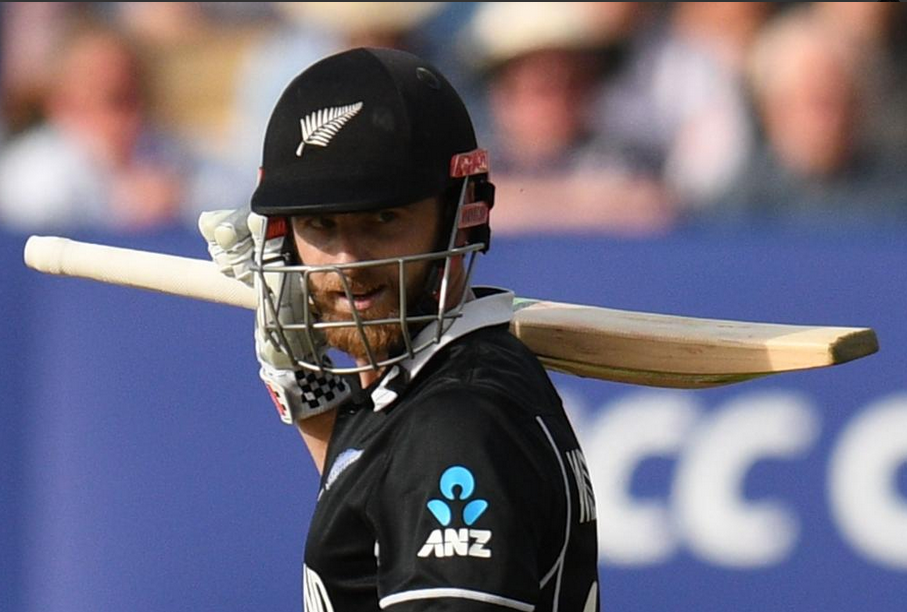The difference between the Proteas and New Zealand mindset was highlighted by Kane Williamson’s brilliantly paced century at Edgbaston, writes JON CARDINELLI.
What if South Africa had held their catches in the crucial World Cup match against New Zealand?
What if Kagiso Rabada had hit the stumps to run Williamson out? What if David Miller had gathered Rabada’s throw cleanly to effect the dismissal of the New Zealand captain?
What if Imran Tahir had pressed the issue of an appeal for caught-behind? What if Quinton de Kock had heard Williamson’s edge and demanded that the decision be reviewed?
Every big sport contest produces such what-if scenarios. History will show, however, that the Proteas did not take their chances and that New Zealand went on to win the game in Edgbaston, with Williamson finishing unbeaten on 106.
LEMKE: Familiar story as Proteas fail again
There’s going to be a lot of analysis in the four years leading up to the next World Cup. It’s important that the right questions are asked, though, and that more is done to find the answers that challenge the status quo.
The Proteas may have beaten New Zealand if they had taken one of the aforementioned chances. A win against the Kiwis, however, would not compensate for the underwhelming batting performances that have placed the team on the back foot for the duration of the campaign.
Here’s an important question: What if the Proteas had showed more initiative and urgency during the middle overs of their innings?
Faf du Plessis said afterwards that 241 was 20 to 30 runs short of a competitive total. What if the Proteas top order had taken the fight to the New Zealand bowlers sooner rather than later? They may have finished with a total of 275 or more.
Hashim Amla and Du Plessis occupied the crease for 12 overs before the Proteas lost their second wicket. Amla and Aiden Markram stuck around for another 14 before the side lost their third. The Proteas went into the final 10 overs of the innings in a good position, at least in the sense that they had six wickets to burn.
ALSO READ: ‘Batting display was stop-start’
The big problem, of course, was that they failed to score enough runs in the middle overs. Amla and Du Plessis’ partnership yielded 50 runs. During the time they were together, however, New Zealand managed 60 dot balls.
Amla and Markram’s partnership included 43 dot balls and only three boundaries. If we take all deliveries prior to the fall of the third wicket into consideration, there were 110 dot balls and a total of 11 boundaries.
There’s a big difference between applying oneself to the task and batting oneself into a corner. The Proteas allowed the New Zealand bowlers to take control and apply the slow squeeze.
There was no attempt to rotate the strike and slowly but surely transfer the pressure back on to the fielding side. The Proteas went into their shells, fighting to survive instead of fighting – albeit in increments of one – for a foothold in the contest.
Williamson and several of his teammates showed the Proteas how it was done later in the game. South Africa made an early breakthrough, but Williamson and Martin Guptill didn’t panic. Williamson showed no sign of concern after Guptill, Ross Taylor and Tom Latham departed in quick succession between the 15th and 19th over.
The New Zealand skipper timed his run perfectly. Williamson and Jimmy Neesham put on 57 runs off 85 balls. Williamson and Colin de Grandhomme accelerated thereafter, accumulating 91 off 89 before the latter holed out.
PLAYER RATINGS: Amla, Morris efforts in vain
There was never a point where Williamson was under pressure or when he didn’t appear to have an intimate understanding of the game situation.When Phehlukwayo was removed from the attack, Williamson understood that Du Plessis would have to use the youngster again at the death.
From there, he waited for his moment to strike. Williamson contented himself with singles and dots against the likes of Rabada, Lungi Ngidi and Chris Morris.
He was biding his time, though. Williamson scored three of his 10 boundaries off the last three balls he faced.
The last ball of the penultimate over – bowled by Ngidi – was guided fine to third-man for four. Mitch Santner took a single off the first ball of the final over, and then Williamson went to his century with a big shot over midwicket.
With the scores level and four balls left, Williamson delivered a final insult to Phehlukwayo and South Africa when he pulled off another fine four.
It was a wonderfully paced innings that ticked the boxes of application and innovation. For South Africa’s batsmen, it was a lesson in how to manage a difficult situation and subsequently how to turn the tables on an opposition attack.
Photo: Cricket World Cup/Twitter







